Antique Ice Box Refresh
As an Amazon Associate and member of other affiliate programs, I earn from qualifying purchases.
I am so very excited to have this project at the top of my to do list! You find the most fascinating things when you are out scouting for things that you don’t know you need. I fell in love with this antique Frezone ice box at first sight. My dad would tell stories all about the ice box they had when he was a kid. He was born in 1934 so perhaps those stories gave way to my fascination for old things. It’s finally time for this antique ice box refresh!

It is the second Wednesday of the month! That means it is time for this month’s Thrift Store Decor Team projects. This antique ice box refresh is the perfect example of taking something old and transforming it, in a thrifty manner, for alternate use. Renew! Repurpose! Restore! Let’s go!
History of the Antique Ice Box
Here’s what Google says about the ice box:
“The icebox was invented by an American farmer and cabinetmaker named Thomas Moore in 1802. Moore used the icebox to transport butter from his home to the Georgetown markets, which allowed him to sell firm, brick butter instead of soft, melted tubs like his fellow vendors at the time.”
Blocks of ice were kept in and sold by local neighborhood ice houses. There was an ice house as recently as the 1980’s in my childhood Philadelphia neighborhood of Manayunk. My dad would buy blocks of ice to cool kegs of beer for the famous Core States Bike Race that went past our house on Lyceum Avenue in Roxborough. Dad was a local celebrity during the event. But that’s a story for another day…a really long and fabulous story.
The Vintage Frig company website states that “During the early 1900s domestic electric refrigerators became available, and by the 1940s they were common in US homes.” Before that time, people used ice boxes.
“Ice was shipped to its destination city or town in block form to be kept in an icehouse and then delivery by horse and wagon in block form street by street through the city. The refined form of icebox as kitchen furniture or appliance was invented between 1850 and 1860 and remained in production in a similar form until the advent of the electric fridge in the 1940s.” (sourced from The Vintage Frig website).
Ice boxes were usually made of wood and had a zinc or metal interior lining that kept the cold inside and cooled your meets, dairy products, drinks, etc.
Here are photos of different styles of ice boxes:
I don’t have a spot right now for this antique ice box inside my home right now. It’s gonna take some purging to make space for her and I’m not quite there yet. In the interim, I plan to put her to functional use outside under our covered patio area.
Choosing a Paint
Being made of metal, it is important to make certain that this beauty will be protected from the severe Alabama weather. Although the patio area is covered, it does get some scattered rain and is definitely exposed to extreme heat. Both of these elements of nature are adversaries to metal items and can cause rust. So, I grabbed my favorite paint, BLACK DOG SALVAGE FURNITURE PAINT which was created for salvaged and antique objects. Not only is the paint fabulous for this antique ice box, BDSFP makes heavy duty sealer that, in my opinion, is second to none in protecting your favorite vintage items from the extreme outdoor elements. Crab Coat is my go to for protecting outdoor items.
Prep Your Project Piece
I won’t go into great detail about how I prepared this piece but if you are interested in ALL of the details, check out these other posts on how to prep items for paint.
As always, prep your piece in the following manner:
- clean with warm soapy water to remove any dirt and surface debris
- lightly sand the surface to smooth any inconsistencies or minor scratches, dings, or mars
- wipe or dust away any heavy dust from sanding
- wipe surface with TSP to remove any lingering dust, oils or dirt
There was quite a bit of cleaning, then sanding, then more cleaning to do.
Fortunately, most of the rust was just on the surface and sanded off.
Even the spots where rust was a little heavier cleaned up nicely. I was so grateful!
The degree and severity of rust is always a big consideration when I buy metal antiques. You always want to make sure that the integrity of piece is intact and that the rust is not excessive. I only buy items where light to minimal sanding is required.
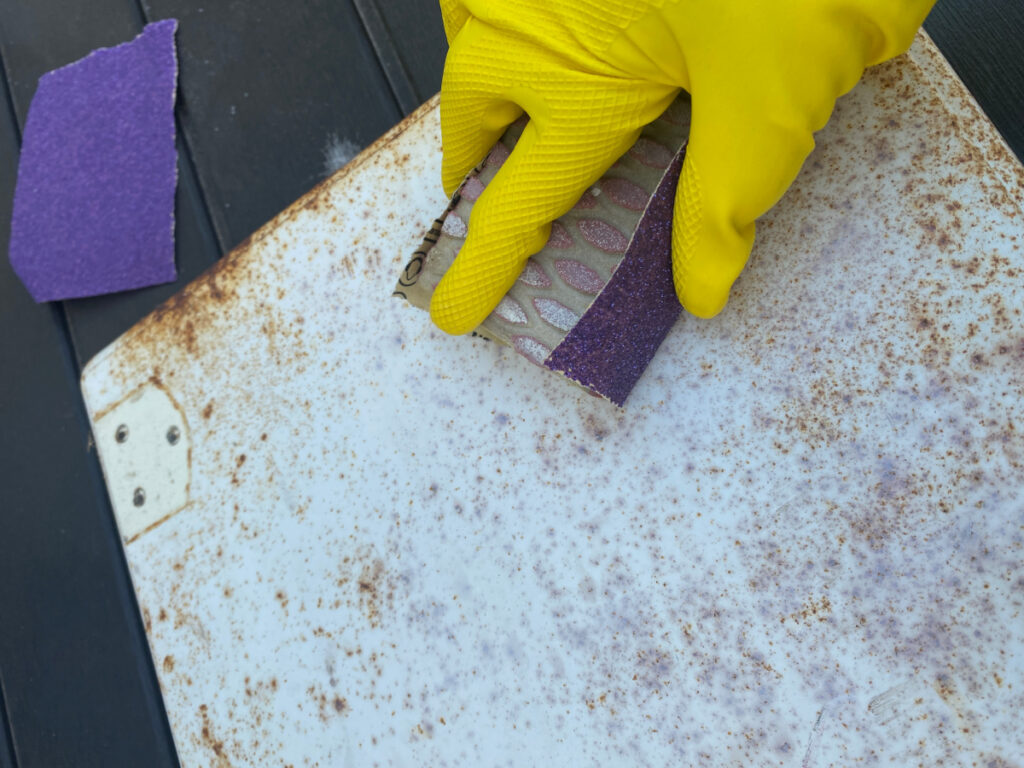
For metal items, you should select a paint that is made for metals. Just check the label to see if your favorite paint can be used on metal surfaces. You always want to select the best paint for the job so that it adheres well and lasts a good long time.
I selected BDSFT in Clean Canvas, their version of pure white. I conducted a few tests as this piece is metal and I was super worried about further rusting of this antique, though most of the rust was just on the surface. I prepped the piece using the steps above. Then I applied two liberal coats of paint allowing each to dry between coats. I applied two coats of Crab Coat, BDSFP’s marine grade environmentally safe exterior top coat, allowing each coat to completely dry overnight. For final application, 3 coats are recommended. I allowed the piece to sit outside under the deck for what I intended to be about 2 months. It actually sat there for a year.
Here are the photos with the test coats applied.
And here is the piece almost one year later after withstanding the outdoor elements.
Once I cleaned off the dust and thin layer of dirt, the surface was virtually rust free. The paint had help up marvelously! I call this a win!
I should also mention that I used Bar Keeper’s Friend to clean up the handles/pulls. It worked fabulously! I also use it to clean my hammered copper farmhouse sink.
BDSFP protected this beauty from the harsh Alabama elements. I was confident that this antique ice box would be safe in this under deck location. So I started the process again by using the prep steps again. I lightly sanded the top coat and wiped it down with TSP. I applied two liberal coats of paint. Two were enough, and though I considered adding another for extra protection, alas, I was low on paint. So two coats of paint were followed by three coats of Crab Coat.
And here she is, ready to hold any items we need protected from the elements.
She adds a bit of nostalgia and class to the area. Just the inspiration needed to get the rest of this new patio spruced up.
I’d say this is quite an improvement.
I am missing one latch handle. So if you come across one for a Frezone Ice Box, let me know!

Be sure to leave them a comment as to what you liked and what you would like to see in the future!
Turn A Storage Bin Into A Planter
Antique Ice Box Refresh – You are HERE!

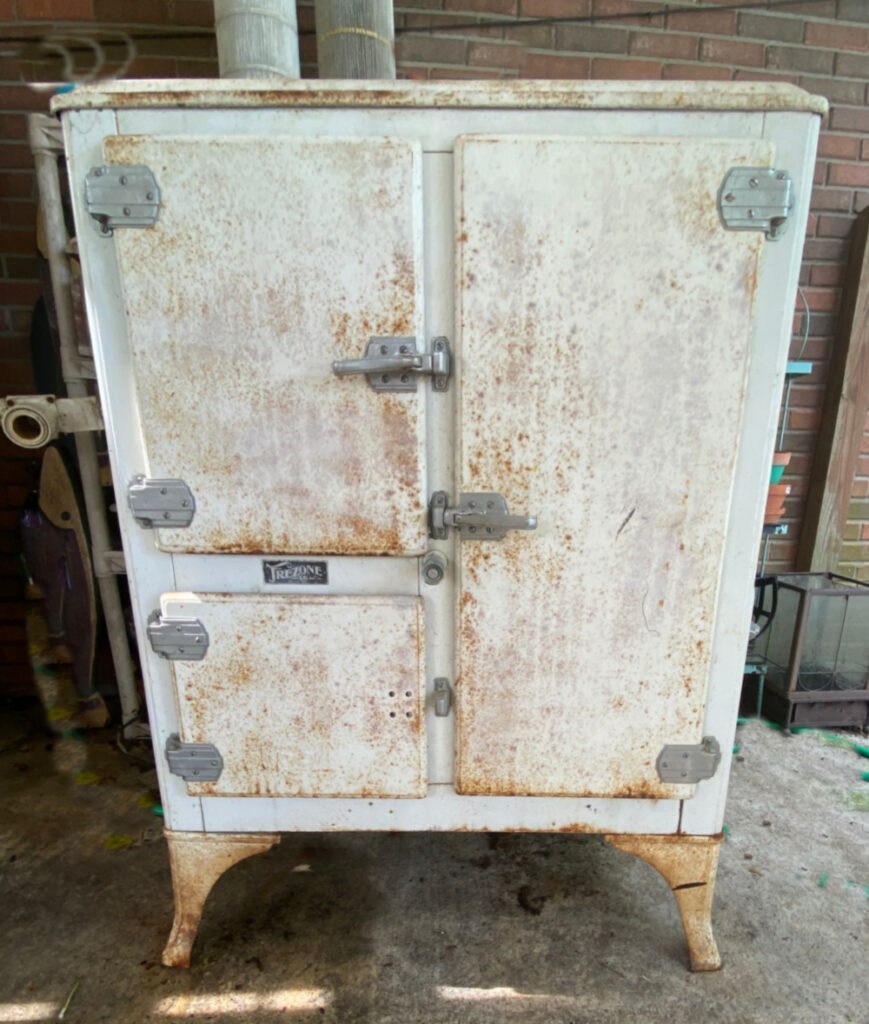

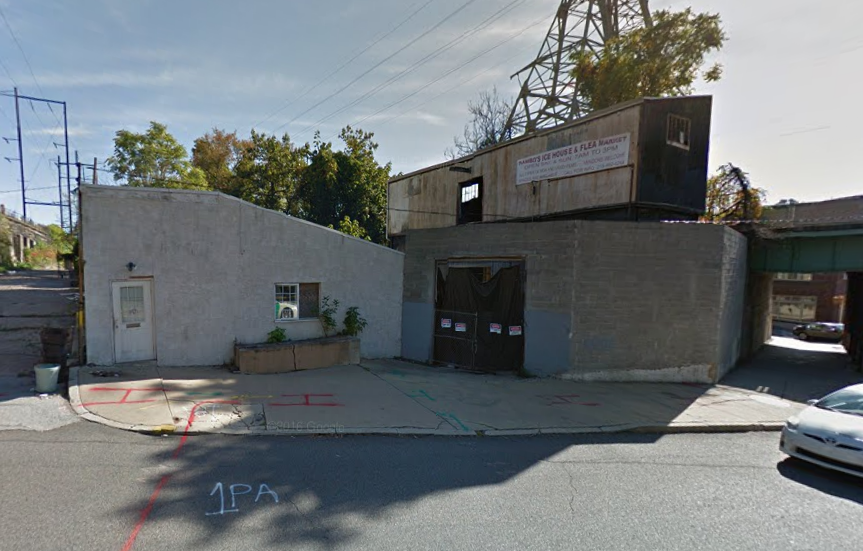

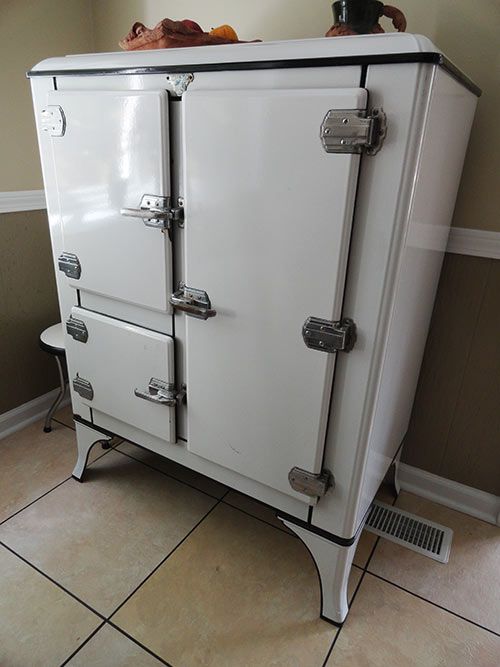
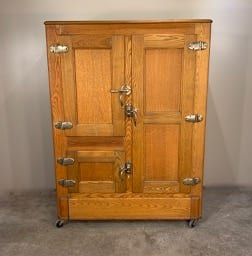
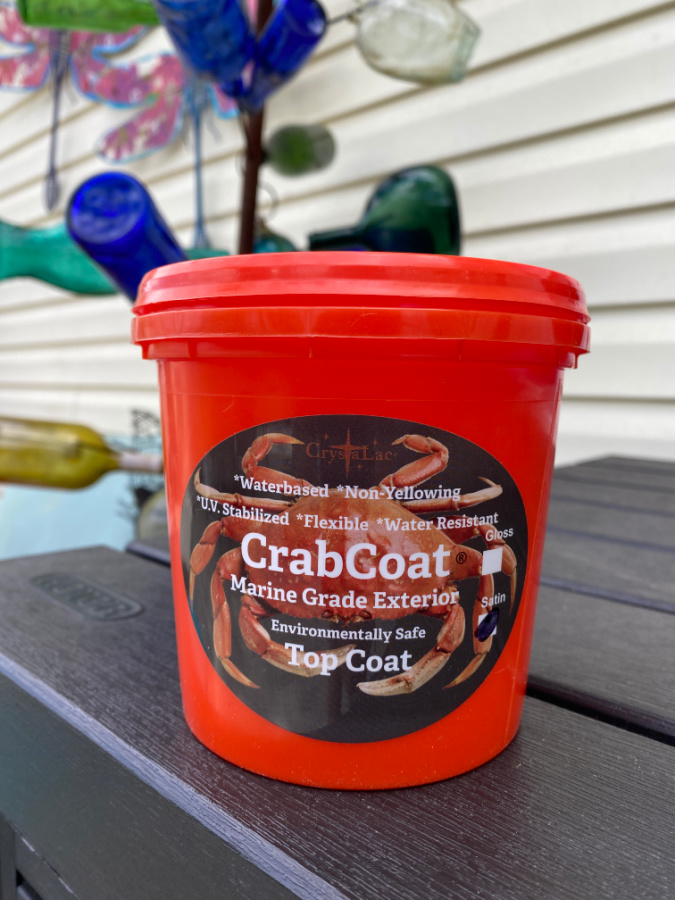
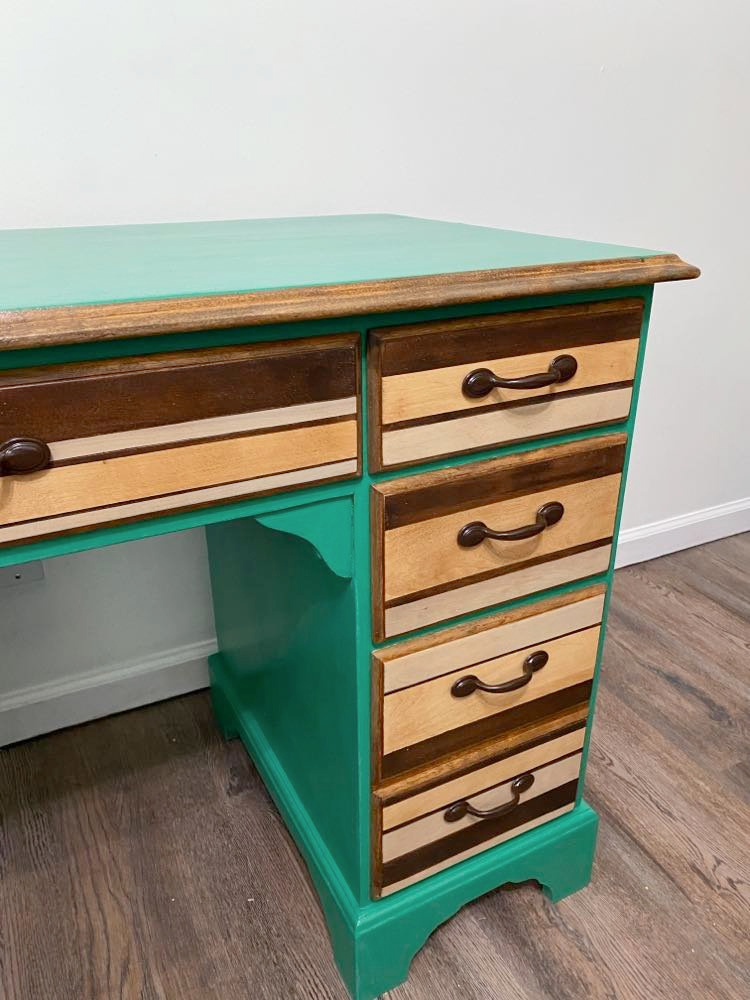
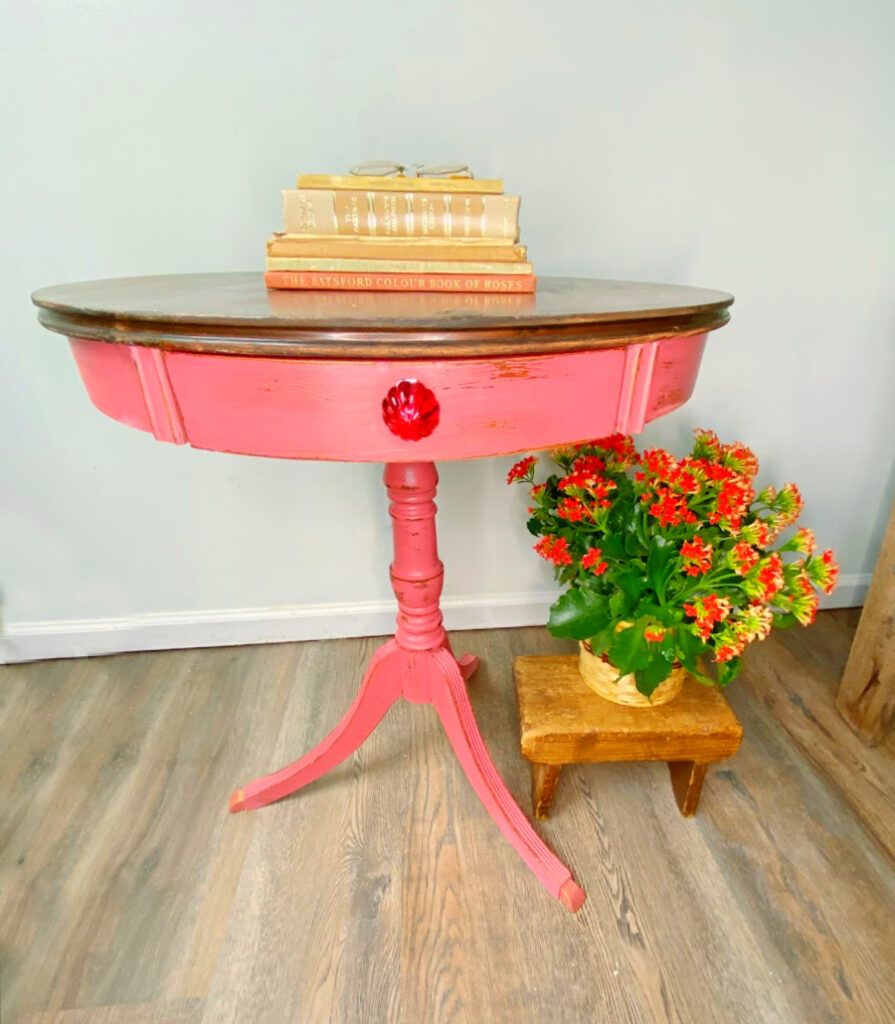
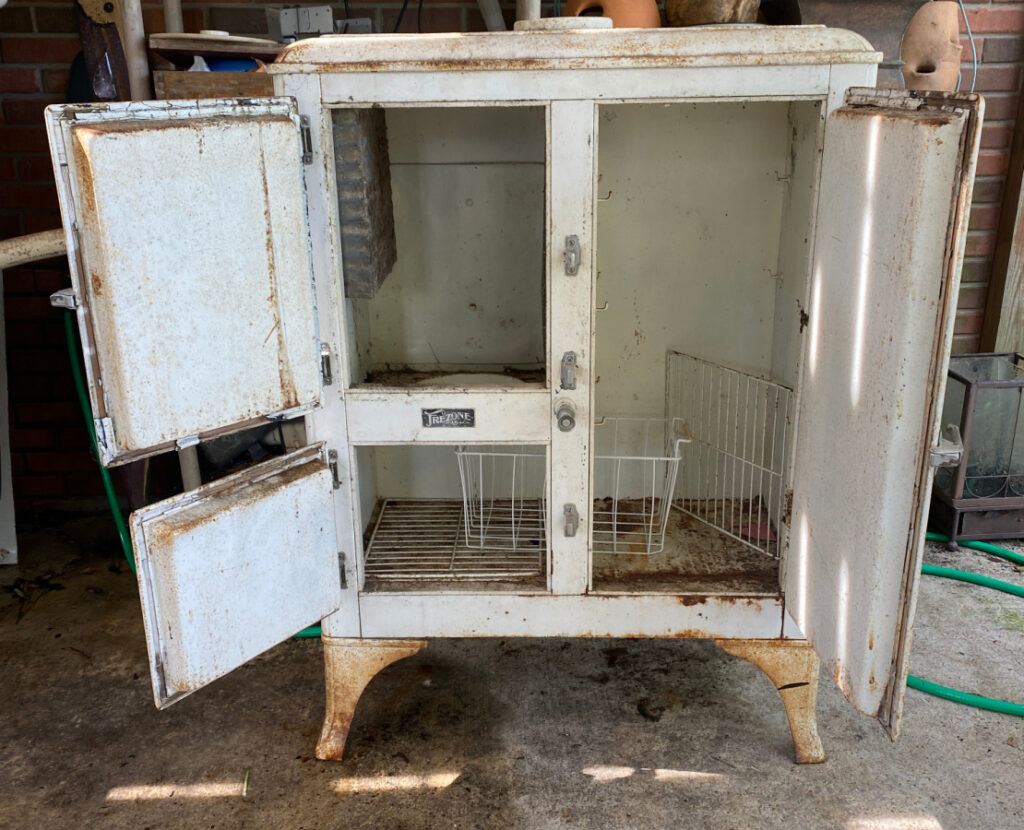
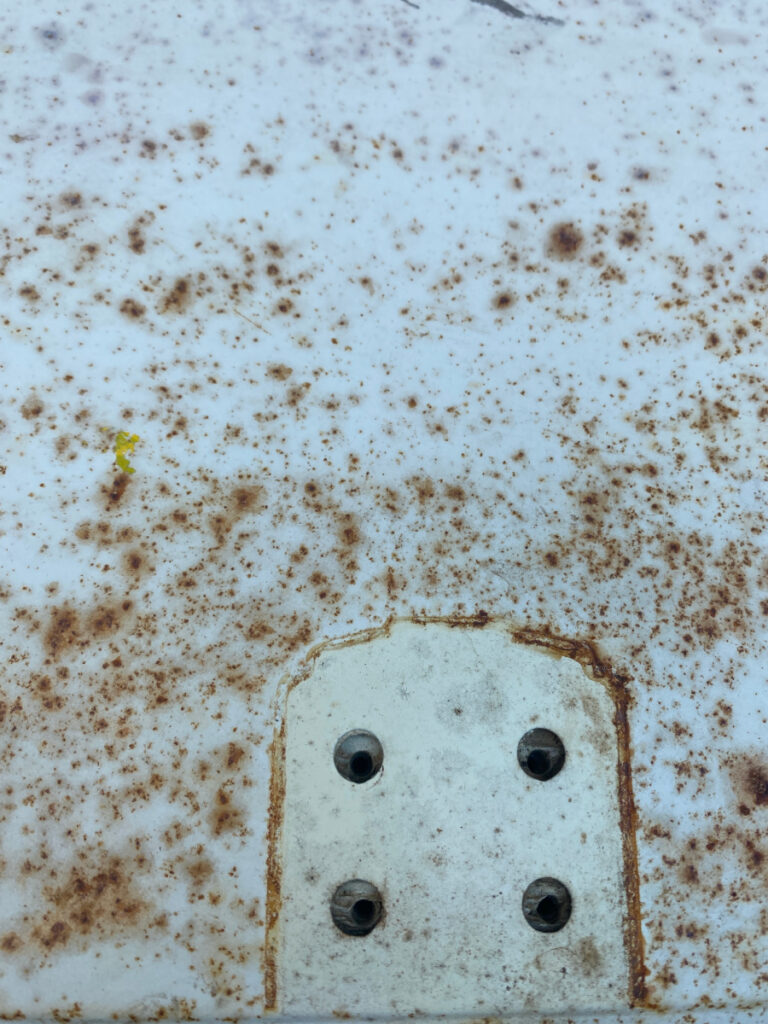
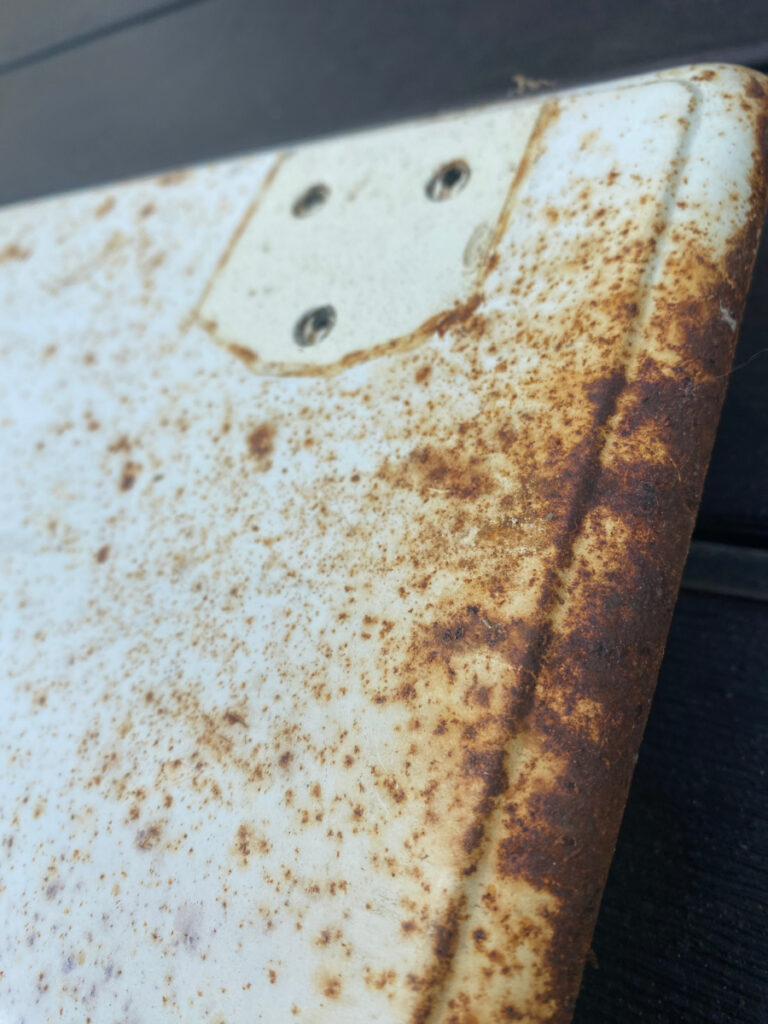
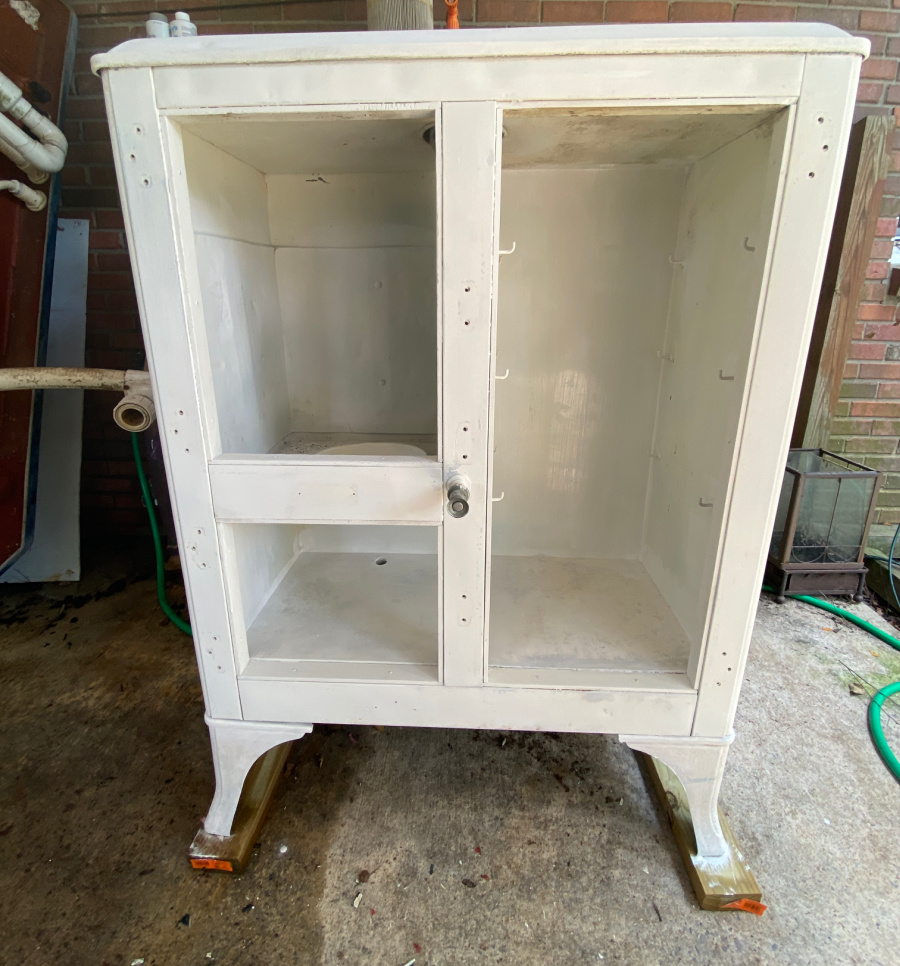
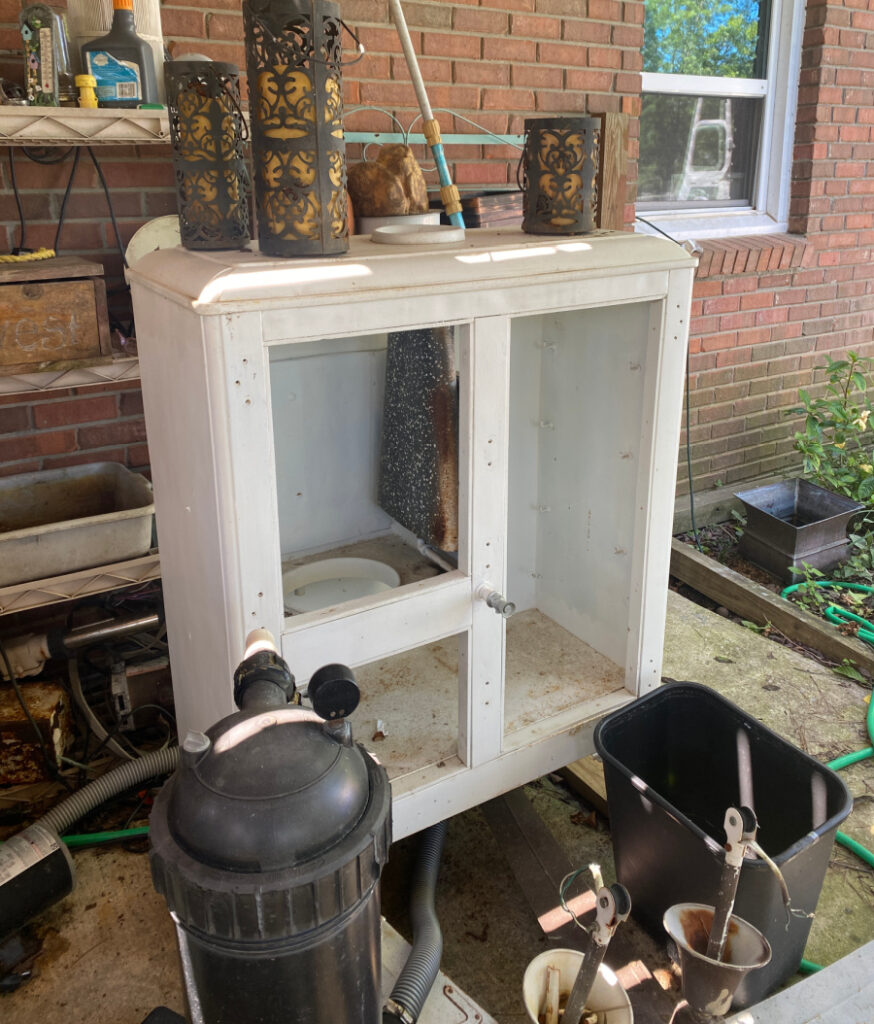
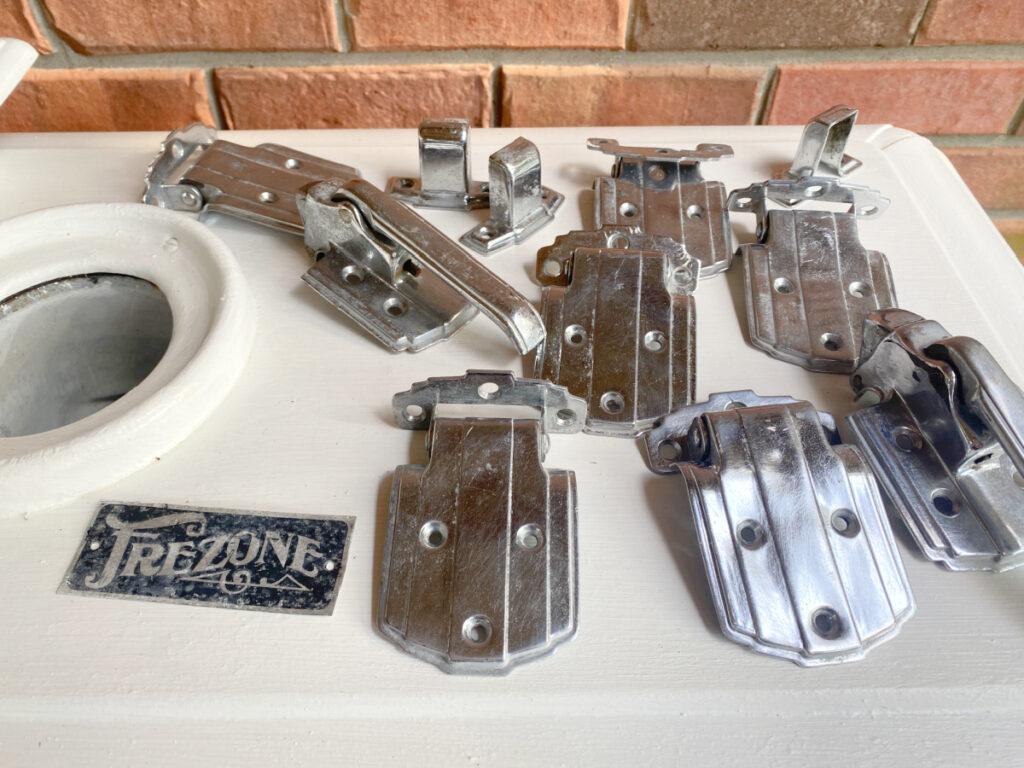
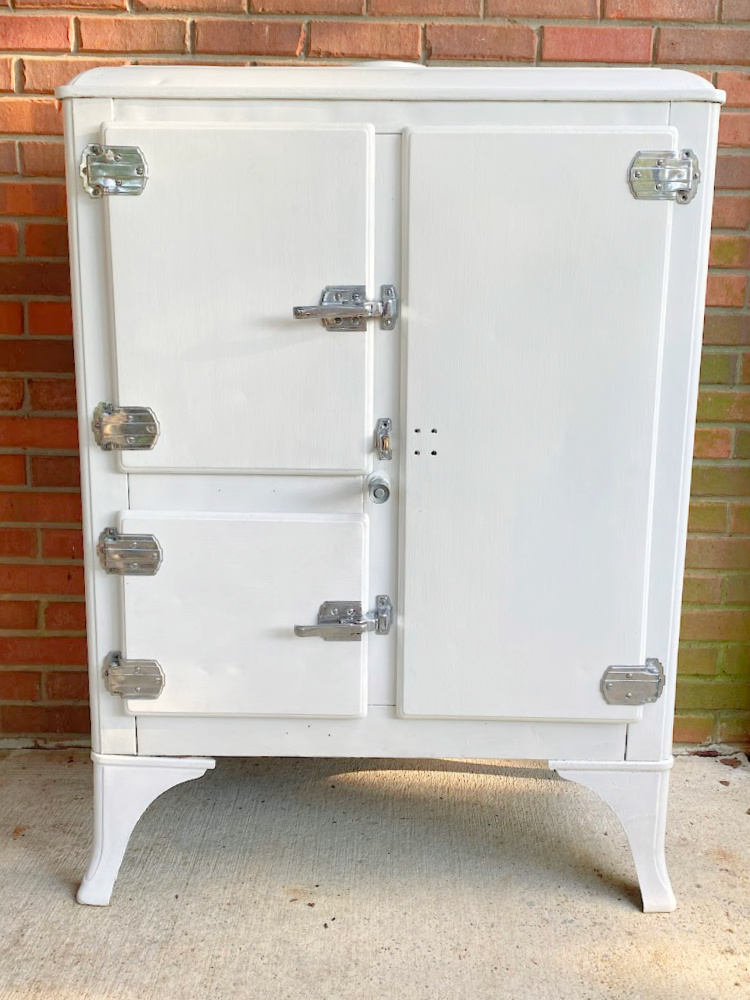
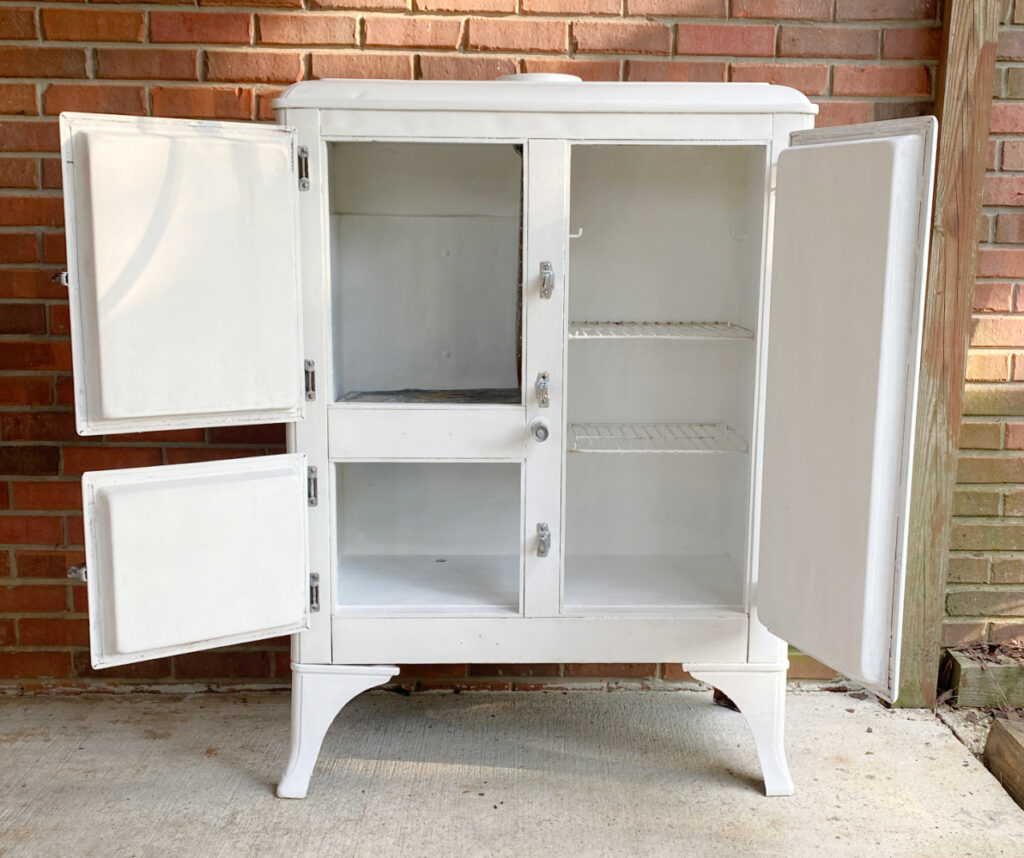
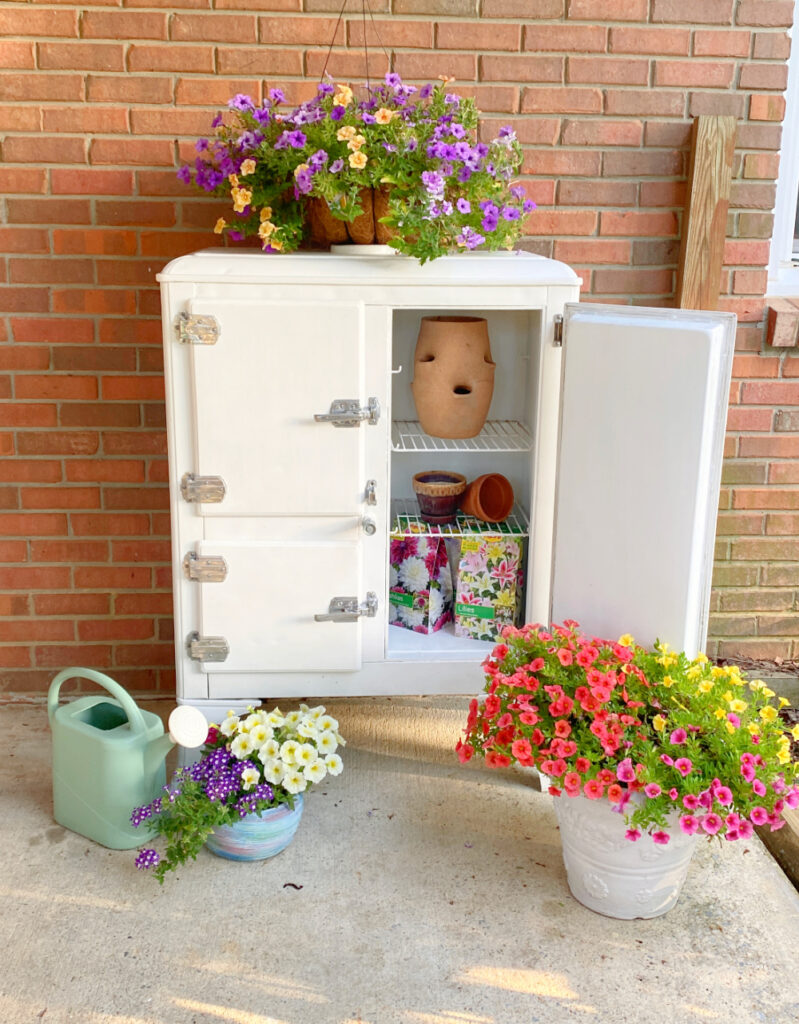
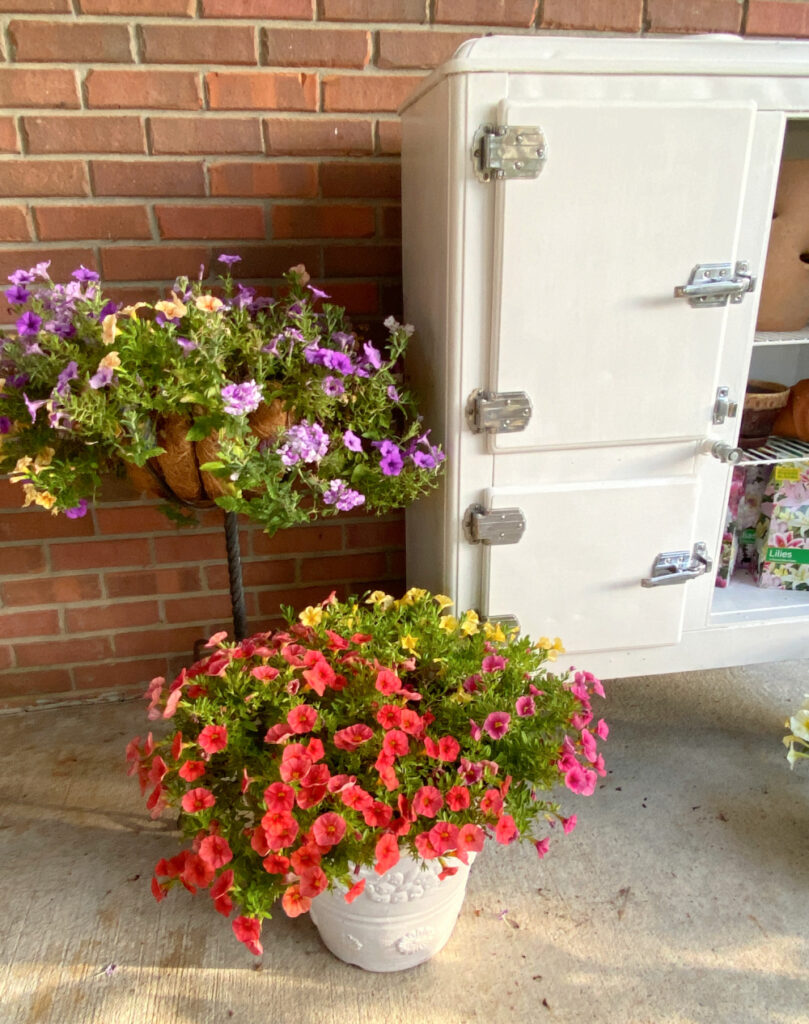
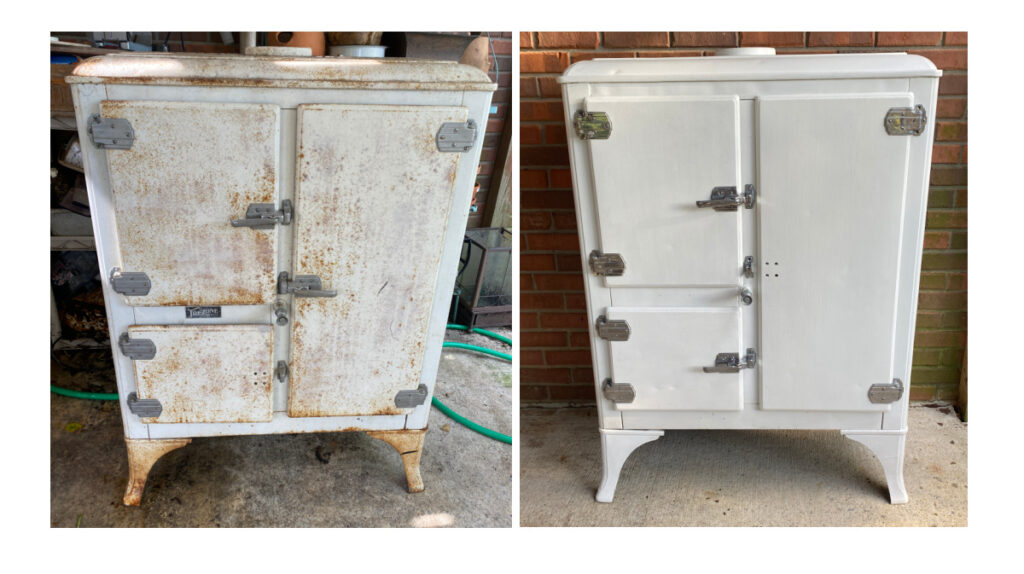
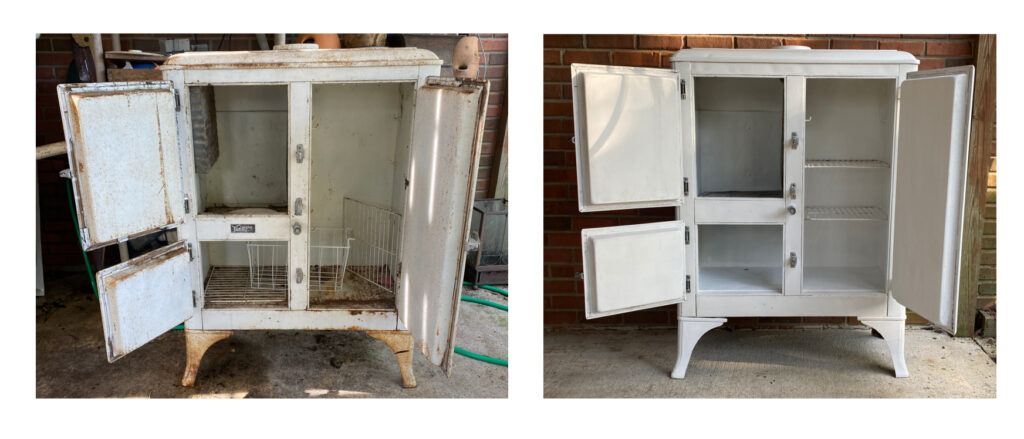
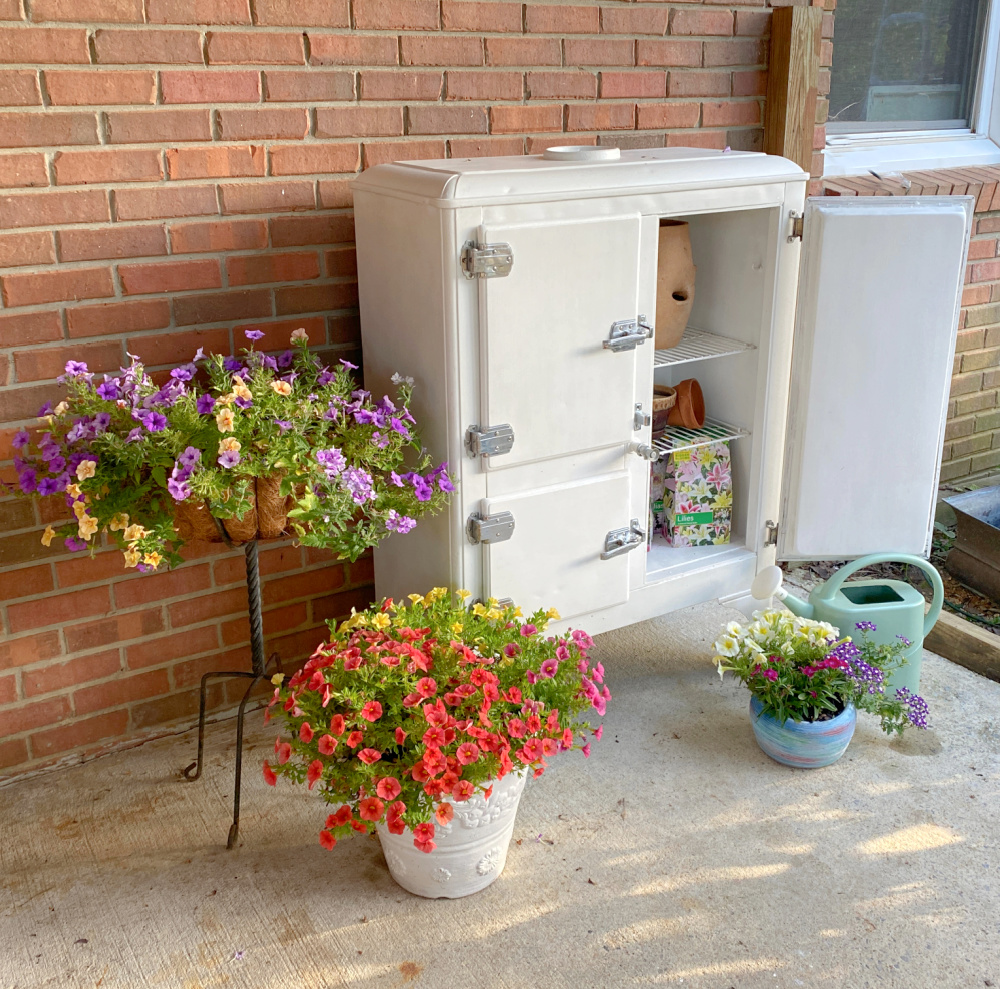
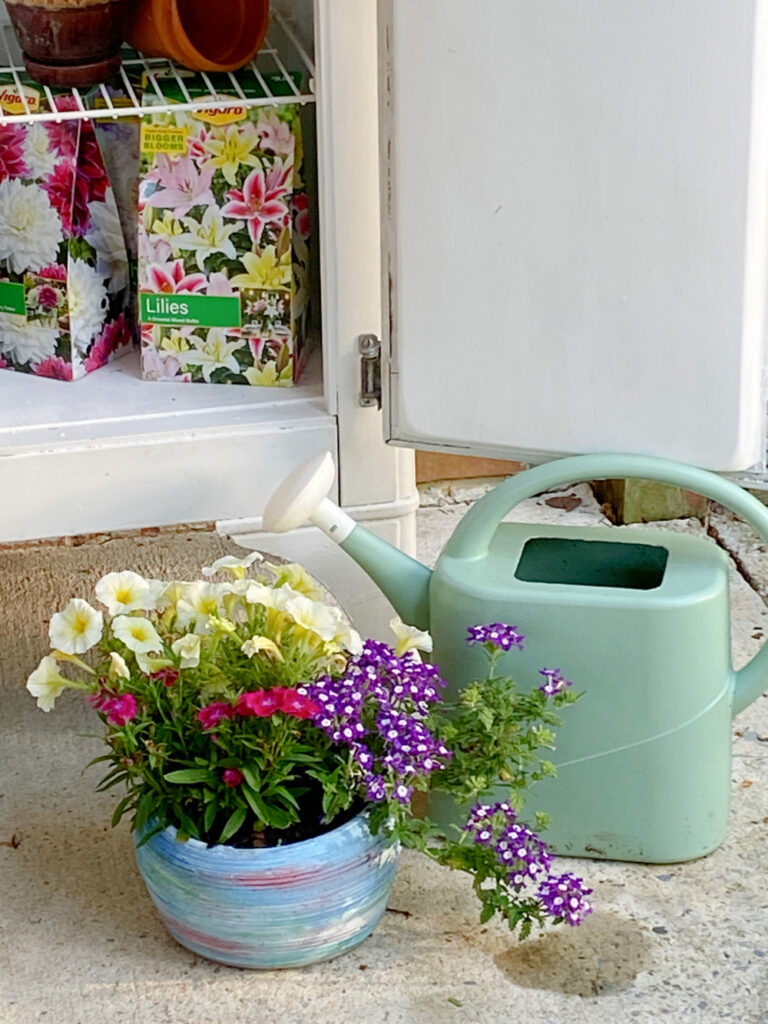
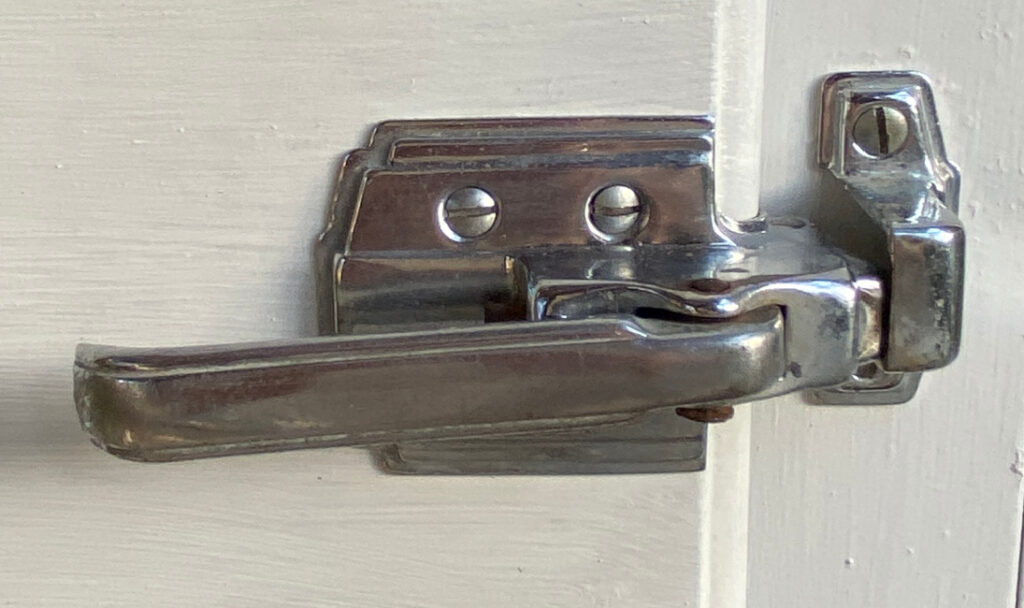
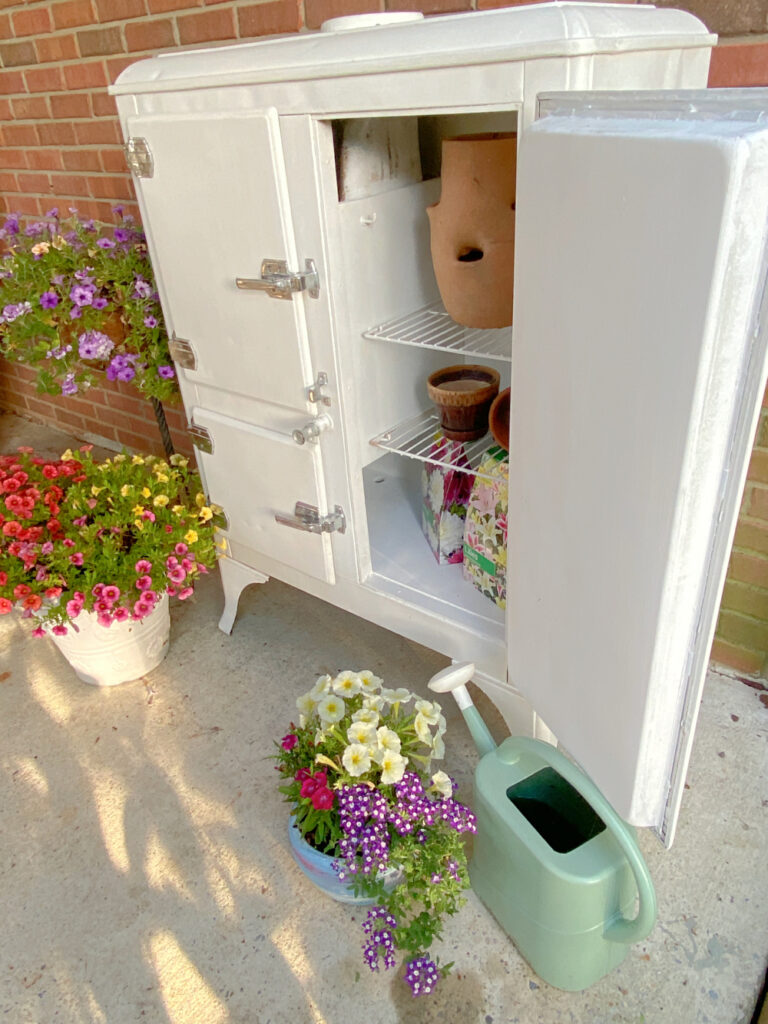
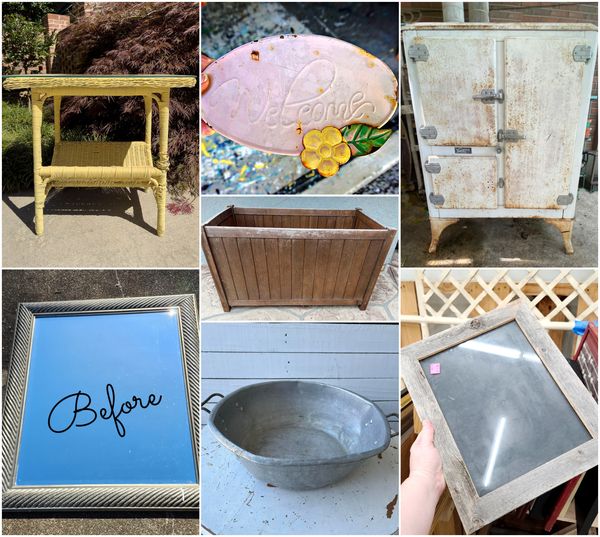
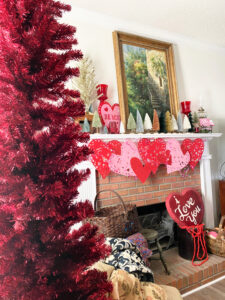
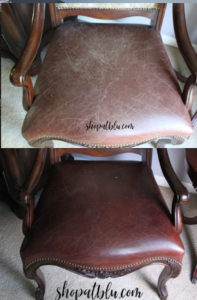
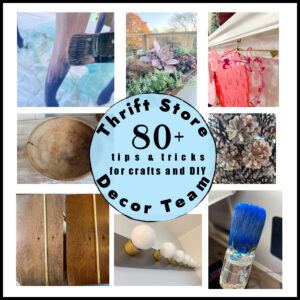
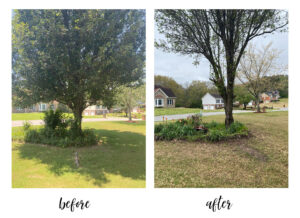
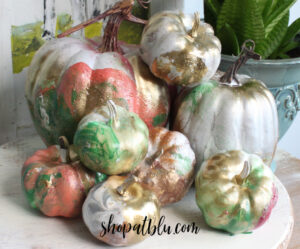
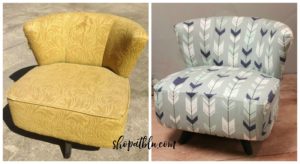
Wow! What a cool find! Such an amazing piece to be blessed with!
Thank you! Yes, I love her. I appreciate you stopping by!
Sue, what an amazing find! I love all the things that remind me of my grandparents, who lived to be 100 and 102. I was so fortunate to hear all of the stories from them when I was in my 40’s and could really appreciate them. You did an amazing job on the makeover, I bet it was a ton of work but well worth it!
Thanks, Kristin. I know it’s those stories that make her so special!
Fabulous makeover! Looks good as new!
Thanks, Carlene. She’s a keeper.
What a HUGE difference, Suzanne! The ice box looks fantabulous now.
Thanks, Sara. So versatile. I need to make room for her inside.
Suzanne,
Wow! What an amazing transformation! Hahaha I have had projects that that “years” to complete, so I totally get the time frame aspect of this little gal.
It’s so, so adorable. You did a great job.
Pinned!
gail
Thanks Gail. I’m not sure I’ll ever finish them all at this point. I have so many started!
Hey people!!!!!
Good mood and good luck to everyone!!!!!
Thank you! Back atcha!
Beautiful..but what is TSP?
I have an old ice box my mom redid..I love it and yours..I don’t know what kind mine is but it basically looks like your’s..
and missing the same handle but a different kind
Hi, Pam! TSP is tri-sodium phosphate and you use it to clean the piece before painting. It removes any residual dirt and preps the surface for better paint adhesion! Funny about the handles!!!
Hi
I have an excellent condition solid oak 4 ft wide by 6 ft high,5 door ice box made by Jewett, it was converted to Refridgeration using a very old Frigidaire condenser and has been our primary fridge for 25 years, sadly my wife is now modernizing our log cabin so we need to find a new home for it, photos available, Michael
Very cool! Try the salvage facebook pages. You might find a buyer.